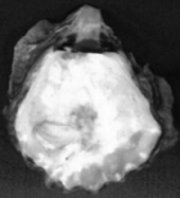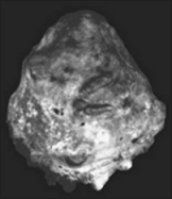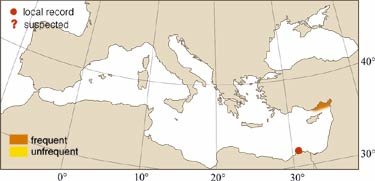

|
Relevant Synonyms
Misidentification
|
|
| photo: P. Pravlis / Coll. A.E. Kideys |
|
SHORT
DESCRIPTION
color :
externally purple-brown; internally white with a purple-black zone in the periphery. Denticles white. Muscle scar often darker color.
common size :
40-60 mm in height in the Mediterranean (up to 130 mm in the Pacific). |
DISTINGUISHING CHARACTERISTICS
BIOLOGY / ECOLOGY
habitat :
high intertidal on rocky shores, cemented to rocks. In the Mediterranean, attached to rocks in harbours. At depths 1-15 m covered with macroalgae. |
|
1st
Mediterranean record
|

|
|
DISTRIBUTION
|
ESTABLISHMENT SUCCESS
speculated reasons for success :
|
|
|
MODE OF
INTRODUCTION |
IMPORTANCE TO
HUMANS |
|
KEY
REFERENCES
|
|
|
 Ostrea forskali "Chemnitz" [Moazzo, 1939]
Ostrea forskali "Chemnitz" [Moazzo, 1939]